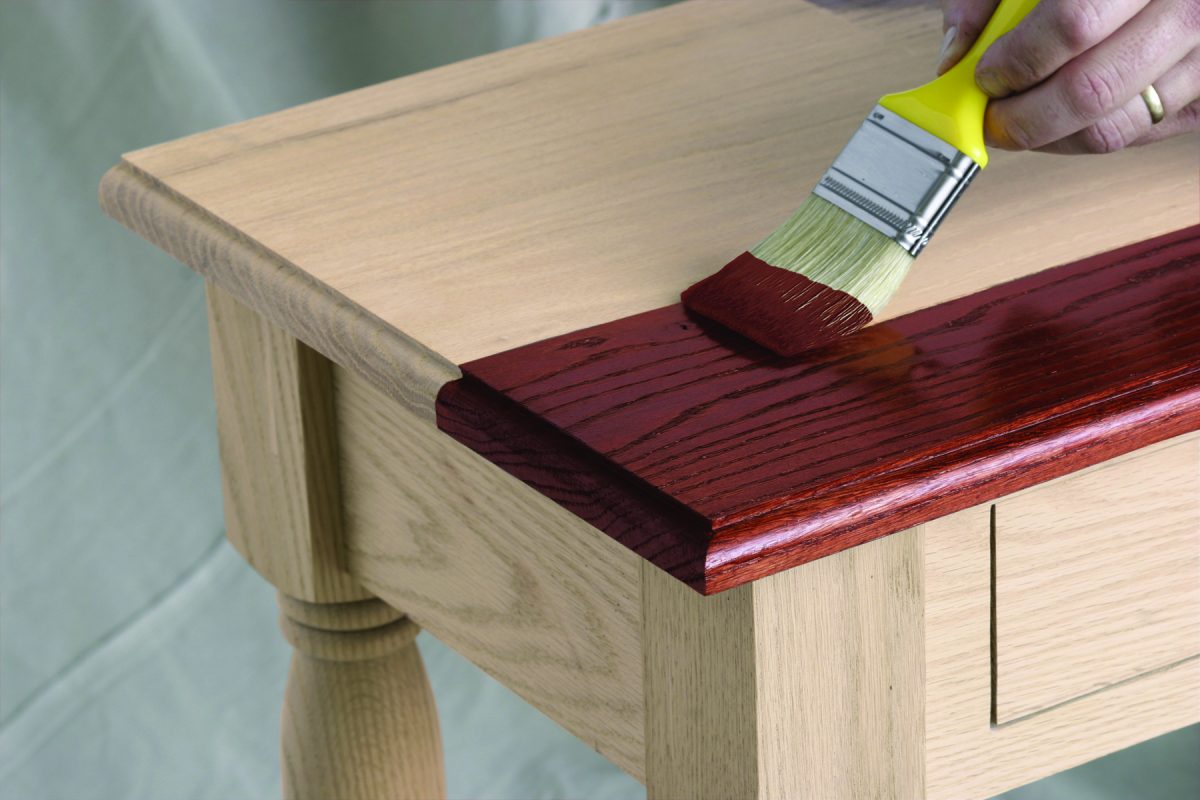Venetian furniture is first attributed to the 18th and 19th centuries. Furniture was obviously around in the Venetian Republic before these centuries, but the Venetian period is typically classified as the 18th and 19th centuries. Venetian furniture styles ranged from cabinets, corner cabinets, banquettes, benches, shelves, and especially mirrors.
The Venetian style of furniture is much different from the Italian Renaissance furniture like the cassone. The cassone is a chest with carvings or stucco decorations often in a gilt or painted finish. The designs were classical and thought to be from the Roman sarcophagi influence. The Italian period of furniture began in the 15th century, three hundred years before the Venetian style is said to have begun.
Italian furniture was meant to be ornate and ornamental in much of the later periods. The Venetian style was more luxurious than the simplicity found during the Italian Renaissance period. For example a Venetian cabinet in the 18th century would have been carved from the local wood, typically walnut or olive. The object would be a rectangular shape, with two doors. The doors would be carved out with marble or other style wood to offer an orange colouring with a cross stitch on the panels. The stand on the cabinet was typically carved to give it some detail. Cabinets from the 18th century could have simple stick legs, but then a painted door that was quite intricate and ornate.
A Banquette or Venetian bench from the 18th century was often a white painted wood with an ornate leg for each of the four sides. The leg would be symmetrical from the floor to the top of the bench. Then to make the seat silk or other cloth would be used, in a white material.
Venetian mirrors were also prized possessions during the early centuries due to their elaborate settings. When someone considers Venetian furniture today they usually think of the Venetian mirrors rather than seats, benches, and cabinets.
The characteristics of Venetian furniture today are still elaborate and ornate. A simple bedside chest will be made entirely of wood with four legs to stand on, rather than a platform. The chest will be raised at least four inches from the floor with a three draw style. The top of the chest is flat with an outline in an opposing colour. For example, if the chest is white then it may be outlined with black. The feet and edge of the chest would be black. The drawers are where the most elaborate work comes in. The drawers are generally painted with leaves or other important symbols that are typically found in Venetian architecture.
Pearls were and are often used on Venetian furniture to add more beauty to the piece. For example a chair may be created from a white wood, with white silk or cloth for the back and seat. Then around the wood a series of pearls or pearl like creations would be made.
Black furniture or walnut is another characteristic of most Venetian style furniture. The black wood is often offset by pearl handles or silver.
| www.indonesiagreenfurniture.com www.furniture4palace.com www.classicfurniturewholesale.com www.teakclassicfurniture.com www.indonesiateakwoodfurniture.com |
www.jeparawoodenfurniture.com www.finefurniturecenter.com www.jeparagreenfurniture.com www.lightingforliving.com www.indonesiarattan.com |
www.syntheticrattanfurniture.com www.wisanka.com www.indonesiabamboofurniture.com www.allfromboatfurniture.com |




